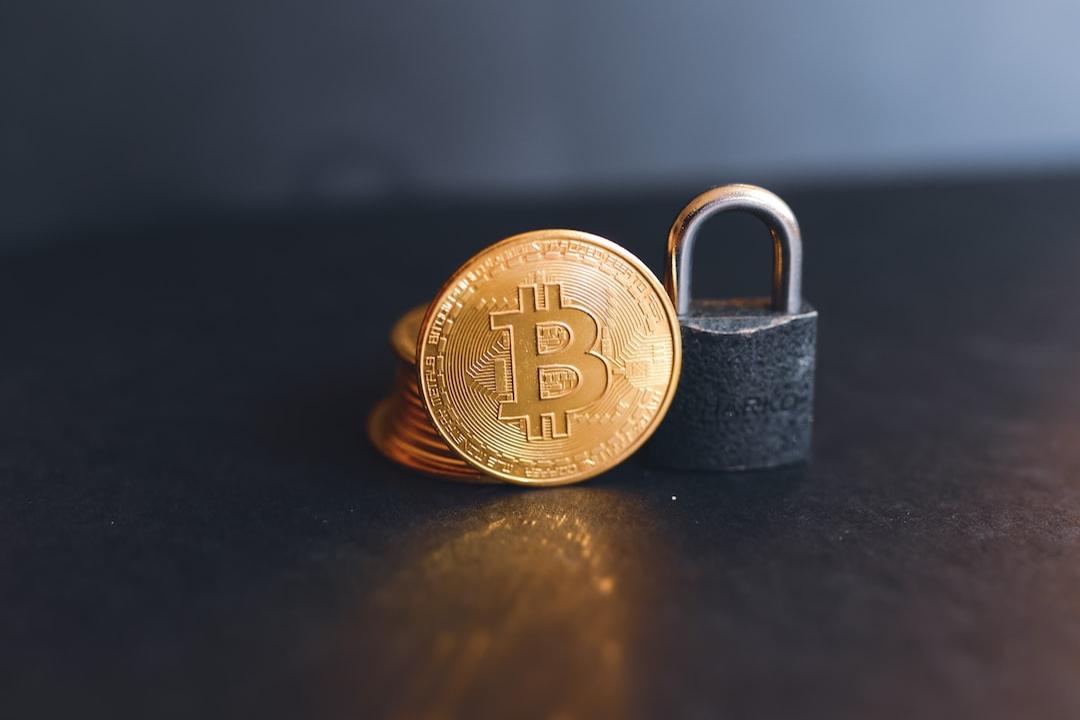According to Google’s latest research, the quantum resources required to crack RSA encryption algorithms have significantly decreased.
Asset management giant BlackRock has also explicitly named quantum technology as a long-term threat in the risk disclosure of its Bitcoin ETF for the first time. Once again, the warning of a “quantum crisis countdown” prompts the crypto community and developers to reflect: “Are we ready?”
Google Research: Cracking RSA is 20 Times Easier Than Previously Thought
The paper recently published by Google’s quantum research team indicates that the previous estimate of 20 million noisy qubits required to crack a 2048-bit RSA encryption algorithm has been revised to less than 1 million qubits, which can be completed in under a week. It is reported that RSA encryption is widely used in banking systems, e-commerce, digital signatures, and encrypted communications.
Advertisement – The content continues below






Quantum Computing Costs Decrease Year by Year
Researcher Craig Gidney stated in his security report, “The quantum resources required to crack this technology have decreased by 95% compared to 2019.” This significant advancement is related to “faster and more efficient mathematical computing capabilities” and “higher density error correction logic design,” which greatly reduces the space and resources required for basic computations through “magic state cultivation” technology.
Bitcoin Also on the Danger List: ECC Cannot Escape the Fate?
Although Google’s research focuses on RSA encryption, the elliptic curve cryptography (ECC) relied upon by Bitcoin is based on similar mathematical challenges. If quantum computers can effectively crack RSA, the defenses of cryptocurrencies may also be breached. Currently, Bitcoin primarily uses SHA-256 and ECDSA encryption mechanisms, theoretically allowing quantum computers to reverse-engineer private keys only during the short window before a transaction is confirmed on the blockchain. Therefore, Bitcoin that accounts for about a quarter of the total circulation, still stored in outdated wallet formats, is among the first assets to be threatened by quantum risks.
BlackRock Speaks Out for the First Time: ETF Documents Explicitly Mention Quantum Risks
As the world’s largest asset management institution, BlackRock has also added a warning about “quantum computers potentially threatening encryption technology” in the updated iShares Bitcoin Trust filing from May this year. This is the first time a major institution has explicitly raised such risks in a formal Bitcoin product. The document warns:


Once quantum technology matures, it may “undermine the feasibility of encryption algorithms,” posing threats not only to cryptocurrencies but to the entire digital infrastructure. This not only confirms that Wall Street has recognized quantum as a real risk but also indicates that funds, exchanges, and regulatory bodies will face systemic transformations as they enter the “post-quantum era” in the coming years.
Preparation Time Continues to Compress, But There’s No Need for Excessive Worry
Past estimates of quantum threats were mostly concentrated in the decades ahead, such as the recommendations from the National Institute of Standards and Technology (NIST) last year to gradually phase out existing vulnerable systems starting in 2030. However, Google’s reduction of resource requirements by a factor of 20 makes many previously conservative predictions appear overly optimistic. Nevertheless, the most powerful quantum computer currently, IBM’s Condor, only reaches 1,121 qubits, while Google’s Sycamore has merely 53 qubits, indicating that there is still a distance to go before presenting a real threat to existing encryption systems. The direction is very clear: “The cost of decryption is rapidly decreasing.”
Quantum Threats are Approaching
Google’s technological breakthroughs combined with BlackRock’s risk disclosures point to one fact: “The crypto world can no longer ignore the quantum crisis.” This is not alarmism; rather, these realities are likely to occur within the next decade and will undoubtedly threaten the crypto industry.
What we need is not panic, but proactive deployment. From foundational algorithms to user education and policy formulation, all must start simultaneously. When we discuss the future of decentralized finance, only by standing firm on the front line of “security” can we truly welcome the long-term prosperity of blockchain.
Risk Warning
Investing in cryptocurrencies carries a high risk, and their prices may fluctuate wildly, potentially resulting in the loss of your entire principal. Please carefully assess the risks.

